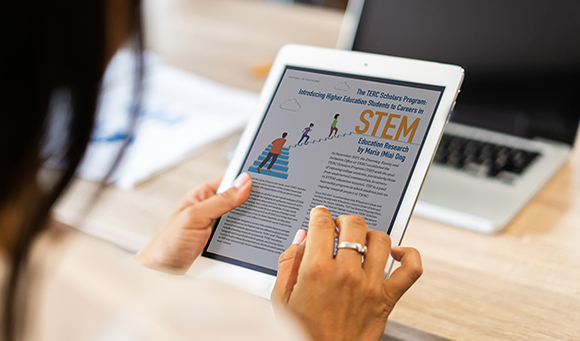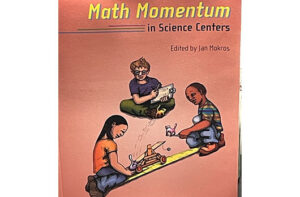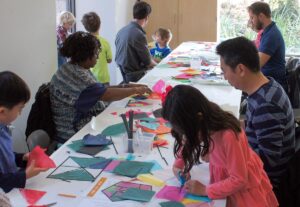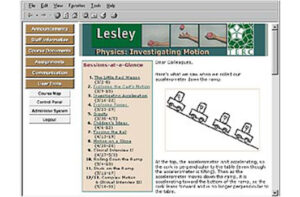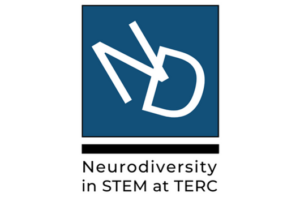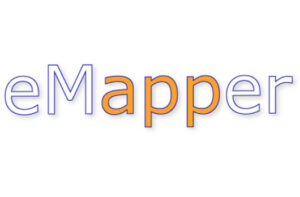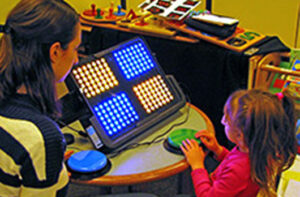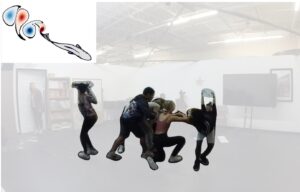Examining Students’ Gains in Natural History Museum Science Content Knowledge with Access to Signed Vocabulary
Judy Vesel
Universal Journal of Educational Research Vol. 8(4), pp. 1180 - 1184 DOI: 10.13189/ujer.2020.080407
Summary
With findings from a study conducted at the Museum of Science, Boston showed how family and school visitors used signing dictionaries in situations that involve physical interaction with phenomena. Research described in this article extended this study to an examination of how school visitors who are deaf or hard of hearing use the dictionaries in a setting, in which interactions with the phenomena are primarily observational. This additional research was conducted by TERC at the Harvard Museum of Natural History (HMNH). Its purpose was to examine the degree to which use of a Signing Science Pictionary and a Signing Science Dictionary results in gains in knowledge of the science content incorporated into exhibits focusing on Arthropods. The study involved 20 grade 1-6 students from a school for the deaf. They were divided into a treatment and a control group. The mixed methods design incorporated a protocol that involved a pre-test, a treatment group that used the dictionaries and a control group did not, and a post-test. Results from the pre- and post-test scores show that both groups, on average, demonstrated some gain in content knowledge. They also show that gains were similar for the treatment group and control group. Students’ perceptions that they learned something support these findings. This first-of-its kind study confirmed how challenging it is to measure how the dictionaries enhance content learning beyond vocabulary learning. It also showed that additional research is needed to demonstrate impacts of the signing dictionaries on informal learning for this population.

